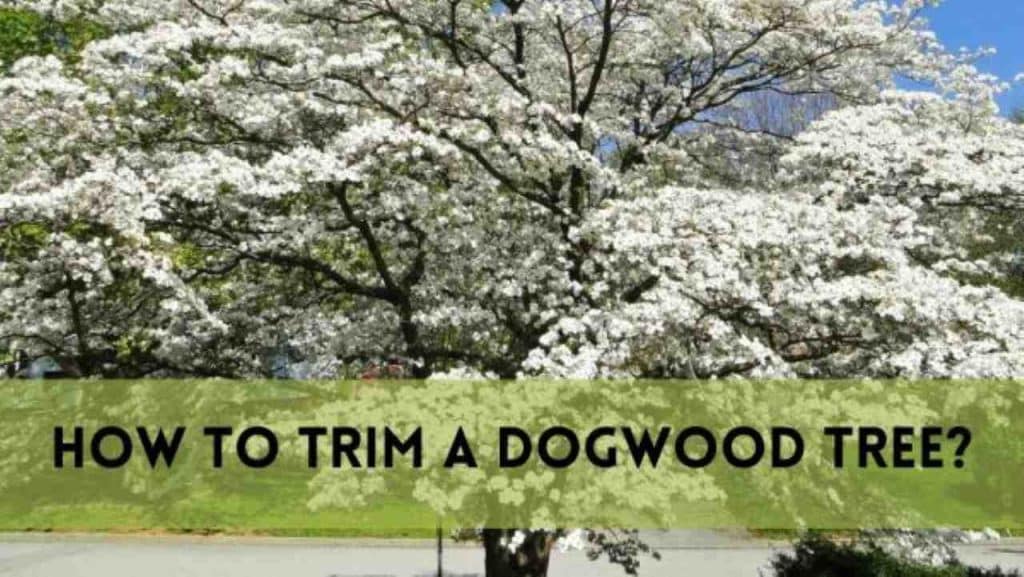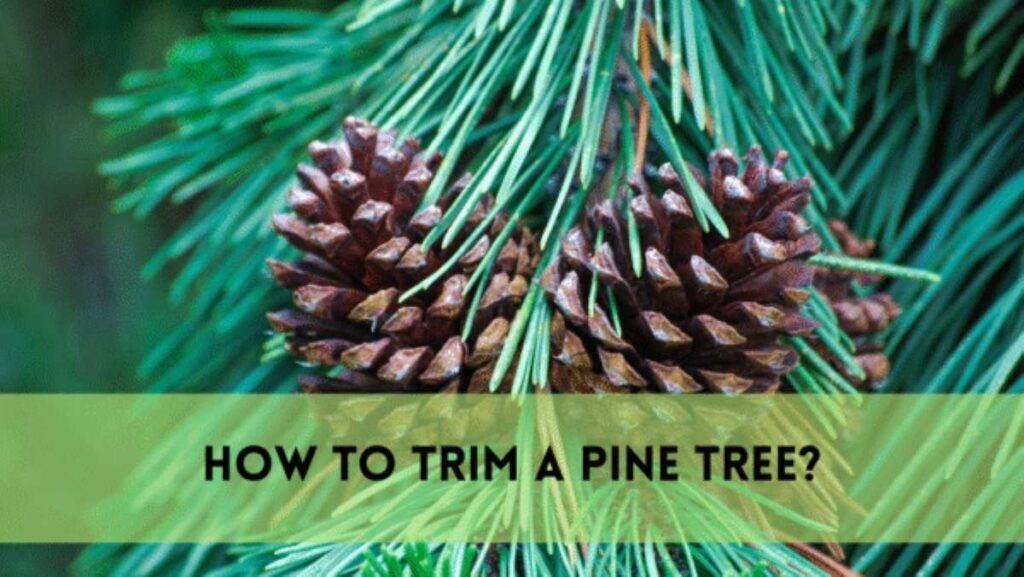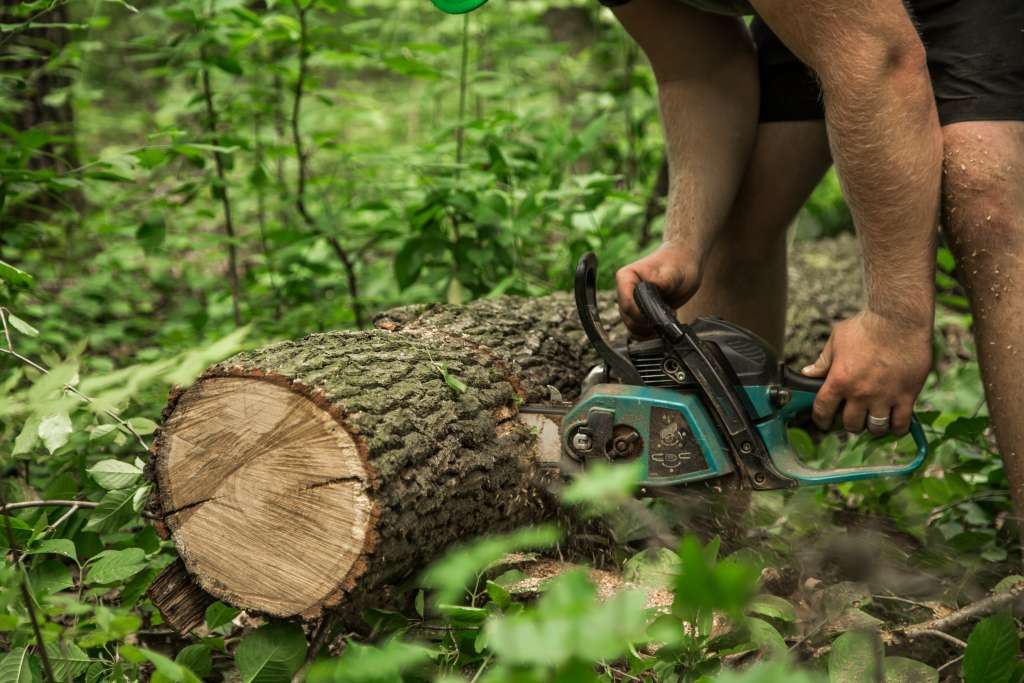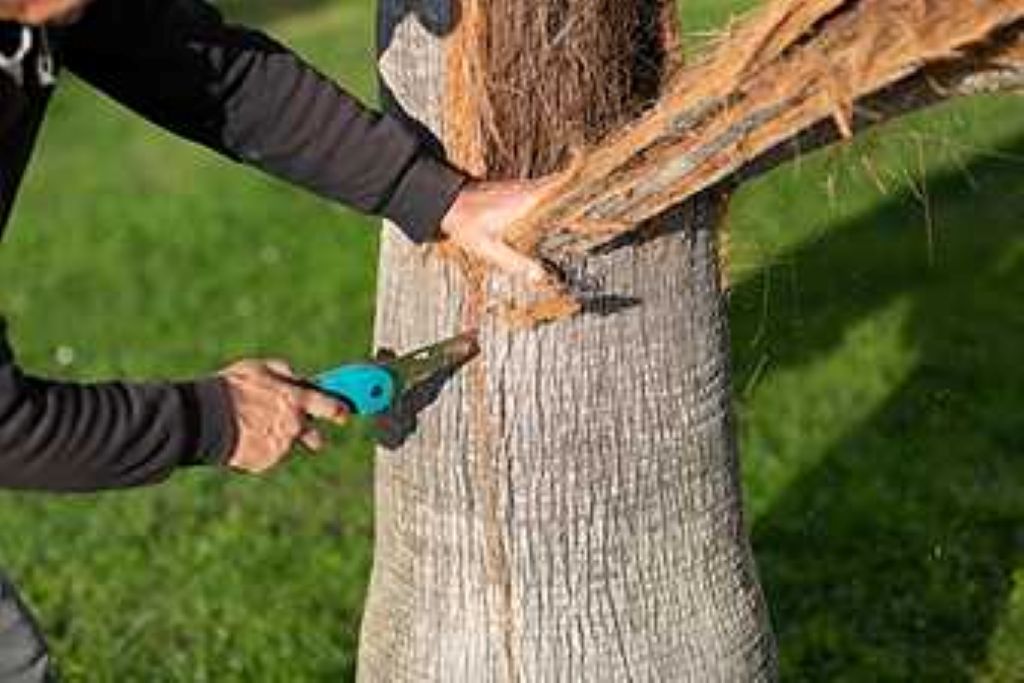The beautiful dogwood trees are an feature in any garden however, just like other trees, they need care to stay healthy and beautiful. Learning how to trim a dogwood tree is essential to its overall beauty and health. Proper pruning does not just improve the tree’s natural structure but also promotes the growth of new branches and guards against illness.
In this comprehensive tutorial, we’ll take you through the steps for cutting your tree as professional.
Understanding Dogwood Trees
Before beginning the process of trimming it’s important to grasp the fundamentals about dogwoods. They are deciduous trees belonging to the genus Cornus and are renowned for their beautiful flowers, distinctive bark and colorful foliage.
Dogwoods come in many species, such as the well-known blooming flowering dogwood (Cornus florida) as well as that of Cornelian dogwood that is cherry (Cornus Mas).
The Importance of Trimming Dogwood Tree
It is crucial to trim the branches regularly to keep the dogwood tree healthy and looking great. It helps in the removal of diseased or dead branches, helps promote healthy growth patterns and enhances the strength of the tree’s structure. Pruning can also allow more sunlight as well as air flow to the branches at the base, increasing overall health and vigour.
When to Trim a Dogwood Tree?
The ideal time to cut the dogwood plant is when it’s in the dormant phase, which typically is in the the latter part of winter or in the beginning of spring, before new growth starts. Pruning at this time reduces the stress on the tree and lowers the chance of transmission of diseases. But, gentle pruning can be carried out throughout the year to eliminate branches that are damaged or dead.
Tools Needed for Trimming
Before beginning the trimming process make sure you have the tools needed. You’ll require a pair of sharp pruning shears to cut smaller branches, loppers for larger branches and a pruning saw to cut larger limbs. Make sure that the tools you use are sharp and clean to cut cleanly and prevent the damage for the tree.
How to Trim a Dogwood Tree?
Step-by-Step Guide to Trimming a Dogwood Tree
- Examine your Tree’s Condition: Start by looking at the tree, and identifying dead or diseased branches that must be removed. Find branches which rub one and grow outward towards the middle of the tree.
- Start with diseased or dead Branch: Using your pruning shears, or loppers, take out any diseased or dead branches first. Cut cleanly within the collar of the branch that is the swollen region where branches meet the trunk or a larger branch.
- Eliminate Crossing Branches Remove any branches which cross or rub one another. These branches could cause wounds that make the tree susceptible to diseases and pests. Get rid of the less beneficial or weaker branch, allowing the more robust branch to flourish.
- Reduce the size of overcrowded areas Remove large areas of the tree to increase circulation of air and sun’s penetration. Take branches that are growing too close to each other or toward the middle or the center. Try to keep the tree healthy and open canopy.
- The Tree’s Shape Take a moment to evaluate the shape of your tree and make any adjustments needed. Try to achieve a natural, well-balanced appearance, and avoid excessive pruning, which can strain the tree.
- Pruning for Size The dogwood tree has grown too large for its size You can trim the size of your tree by cutting off branches. Concentrate on trimming back overhanging branches with long lengths to keep the tree’s ideal dimensions of height and width.
- Final touches: When you’re happy with the appearance of the tree Take a look for any branches that are missing or growth that is uneven. Make any necessary adjustments to reach the desired result.
Tips for Successful Trimming
- Always employ sharp, well-maintained tools for clean cuts and avoid the risk of damage.
- Do not prune during hot, dry conditions, because it could cause stress to the tree. .
- Do not take off more than 25 percent of your tree’s tree’s canopy in one pruning session in order to avoid shock trees.
- Get an arborist professional if you’re not sure about anything related to pruning trees in particular when it comes to more difficult or large tasks.
Conclusion
You must know how to trim the dogwood tree is a vital knowledge for any homeowner or gardener. If you follow the correct procedures and timing, you’ll be able to maintain your dogwood tree’s health and vibrant as well as visually appealing for many years. To get the best results, take into consideration the tree’s requirements, utilize the correct equipment, and then trim with attention. With a bit of care and knowledge, you can be able to enjoy the beautiful dogwood tree for many years to take.
FAQs
What is the ideal time to cut a dogwood tree?
The best time to prune the dogwood is during the dormant period, which is usually in the late winter months or early spring, before the new growth begins to emerge. However, gentle pruning can be performed all year long to trim dead or damaged branches.
What percentage of the tree could I cut all at one time?
It is recommended to not take more than 25 percent of the canopy in one pruning session. Pruning too much can strain the tree and impact the overall health and vigor of the tree.
Can I trim my dogwood tree during dry, hot weather?
It is best not to prune during dry, hot conditions, since it could increase stress on the tree. Opt for cooler temperatures, with moderate or even cooler temperatures to achieve the best results.
What tools will I require to cut the doggy tree?
The most important tools to trim the dogwood tree are sharp pruning shears for small branches, loppers for larger branches and a pruning saw to cut larger limbs. Make sure your tools are sharp and clean for the best outcomes.
How do I keep the natural form that my tree is in when running? running?
To keep the shape of the tree Take a step back periodically to examine the appearance of the tree and make changes as necessary. Try to maintain a balanced and wide canopy, avoiding excessive pruning that could alter its natural appearance.





